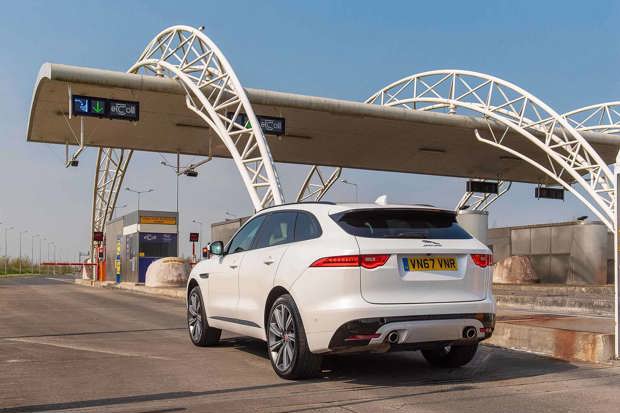Government report hints at road charges for motorways
A Transport Committee report on the Department for Transport’s road investment plans suggests it is seeking ideas to ‘manage demand’ on motorways and A-roads – which could mean road pricing.
Other ideas may include a ULEZ-style scheme for older or more polluting vehicles on the strategic road network (SRN) of motorways and A-roads.
The Transport Committee has made no formal demands for road pricing, but the powerful cross-party group of MPs has noted DfT forecasts that SRN traffic is set to increase.
The DfT is not currently considering steps to manage demand.
However, an increase in traffic risks pushing up emissions as well. Witnesses to the select committee said there is consequently a “big risk that the uptake of clean vehicles will not be fast enough to mitigate this increase”.
It is therefore calling for the DfT to “model and report on future scenarios where demand for the SRN is managed”.

The Transport Committee has already expressed its frustration with the DfT. “National Highways overspent and underdelivered against its targets,” said chair Iain Stewart MP.
“Schemes have continually been pushed back, adding to confusion and uncertainty.
“We also received evidence raising concerns about the switch to electric vehicles happening swiftly enough to mitigate the added carbon emissions that will come from the predicted increase in traffic on the SRN.
“We advise the government to model and report on options for managing future congestion levels, rather than only enabling its growth via expansions of the SRN.”
Managing demand
Any form of road pricing for the 4300 miles of motorways and A-roads that comprise the Strategic Road Network would be highly controversial
However, with predictions that traffic will increase, and the Transport Committee calling on the DfT to prioritise day-to-day maintenance over complex expansion projects, large-scale road-building projects seem unlikely.
The select committee also heard evidence that most motorists want the government to prioritise keeping the network in good and safe condition.
Charging motorists to use the roads could raise funds to help achieve this, while also discouraging people from using them where not necessary.
However, what effect the displaced traffic would have on other free-to-use, non-strategic roads would need detailed investigation.
Expanding the principles of the London ULEZ to the strategic road network, where higher-polluting cars are charged a daily fee to use these routes, is another possible solution.
This would help meet the DfT target of managing emissions through decarbonisation, although again, there would be a knock-on effect of funnelling higher-emitting vehicles onto non-strategic roads.Whatever the solution, it is bound to be controversial. MPs are, however, beginning to demand action, so plans may soon start taking shape…

